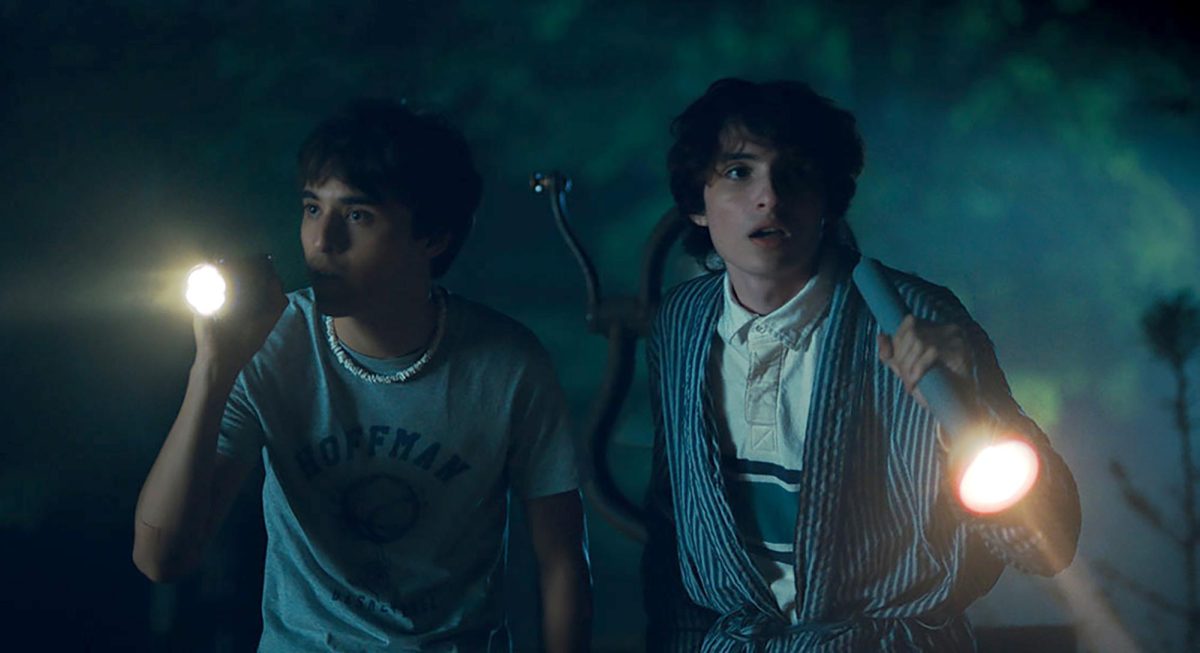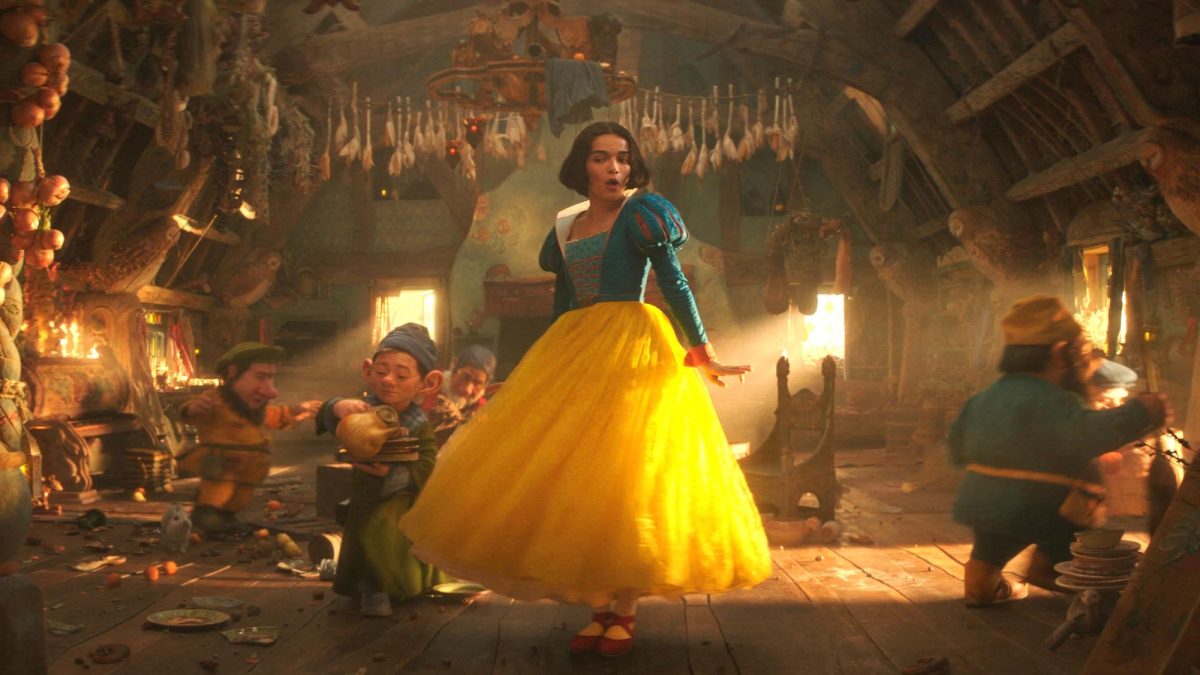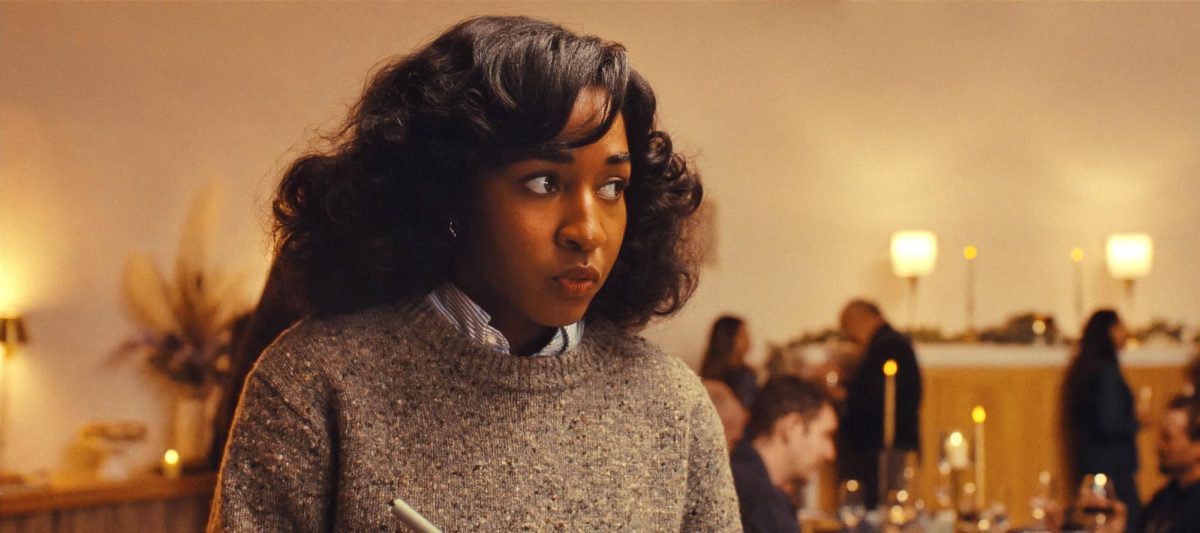“It Lives Inside,” directed by Bishal Dutta and produced by the same group behind 2017’s “Get Out,” is a horror film that is bold, emotional and sincere in its depiction of family bonds and East Indian culture. Released Sept. 22 by Neon, the story follows Sam (Megan Suri), an immigrant struggling with balancing her East Indian heritage, and her attempts to blend in with her peers at her American high school. Moreover, the film depicts how these insecurities affect how she deals with the monster, one of the Hindu demons, Pishach.
Although “It Lives Inside” is not the scariest film or most original, the film shows promise within its opening sequence, introducing the audience to a deadly force that killed another person, the body charred and the room glowing red. The movie has precise and effective pacing and does an effective job at slowly revealing the demon throughout the film, until the final act where the audience does get a glimpse at the intimidating monster. The film is effective in building suspense and it feels as if the audience is in the movie with the characters, discovering the truth about the happenings in their town with them.
The movie also has a nice blend of CGI and practical effects, making injuries, haunting settings and the demon look ominous and grounded. The makeup mixed well with the computer-animated effects and made every burn, cut and glimpse of the creature more nerve-racking for the audience. Unfortunately, there is one scene around halfway through the film featuring Sam and her love interest Russ (Gage Marsh) that, while trying to be tense and frightening, looked silly as the spearfish effects were excessive and as if it was edited on an application purposefully made for amateurs.
Although the visuals of this film are artful and interesting, the characters’ development throughout the movie is the true star of “It Lives Inside.” Sam is a character that many can relate to, with her insecurities over her culture, how to integrate said culture into her life and how her fears impact her relationships. Throughout the film, the viewers witness how her relationships with her childhood friend and her mother deteriorate because of her desire to distance herself from her East Indian culture and, on the flip side, eventually heal as she becomes more confident in herself and her roots. The depiction of a mother and daughter intertwining their different ideals and coming to make peace with each other that occurs throughout the movie has the possibility of being quite healing for many in the audience.
The monster in the film somewhat mirrors Sam’s internal conflict itself. The demon takes root from the Hindu religion and the creature targets those who have built up negative emotions. During the first half of the film, movie-goers witness Sam dealing with anxiety, depressive episodes, and most of all, shame — the primary force that the demon targets. The subliminal message is tastefully done, but rather obvious.
It is in this heartfelt storyline that the film’s weaknesses reveal themselves. First, while the audience gets attached to Sam and the other characters in the film and their arcs were compelling, they were definitely molded around traditional horror film archetypes. Sam, struggling with an internal battle, had to face both the movie’s monster and her inner one in order to set herself free. She also had her group of friends, a girl she met in the United States, and her childhood friend, Tamira (Mohana Krishnan). Sam’s new friend promoted her insecurity and her old friend truly understood her, a dynamic seen in many horror films, especially those targeted toward teens.
Sam’s love interest was flirty, but unaware and aloof. Lastly, her parents, both of whom mean well, can not seem to get on the same path as Sam and vice versa. These commonly seen character setups take away the uniqueness of a film that started off with untraditional origins and an engaging background.
Furthermore, with the exception of Sam’s childhood friend and mom, all other characters acted only as plot devices for Sam, making the audience less perceptive and interested in what happens to them.
“It Lives Inside” was clearly created from a genuine place of honoring the Hindu religion and East Indian culture. Also, the characters are relatable to teenagers and can provide insightful lessons for parents and teens. However, the movie prioritized the sometimes cheesy character-centric plot line over the actual horror in the film, rendering the film as tense and exciting, but not frightening.




















